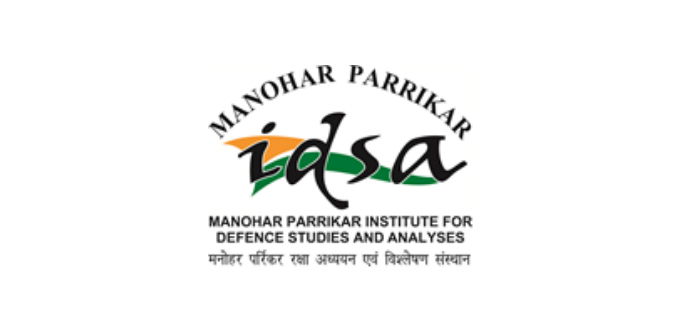Negotiating India’s Landmark Agreements A. S. Bhasin, Penguin Random House, 2024, xiv–385 pp., ₹999.00 (hardcover), ISBN 9780143464983
- January-February 2025 |
- Strategic Analysis
A. S. Bhasin’s Negotiating India’s Landmark Agreements traces the evolution of India’s foreign policy from Nehruvian idealism to pragmatic realpolitik through five pivotal treaties, such as the India–China Agreement on Tibet, 1954; the Indo-Soviet Treaty of Peace, Friendship and Cooperation, 1971; the Simla Agreement, 1972; India-Sri Lanka Accord, 1987; and the India-United States Civil Nuclear Agreement, 2008. Bhasin argues that these agreements reflect India’s strategic adaptation to geopolitical pressures, prioritizing national interest over ideological postures. Leveraging archival records and declassified documents, he reconstructs decision-making processes to highlight leadership, institutional dynamics, and external constraints. His methodology blends historical analysis with theoretical insights into statecraft, offering a nuanced critique of how domestic politics and global imperatives shaped India’s diplomatic identity. The book underscores treaties as milestones in India’s emergence as a pragmatic power in a contested world order.





